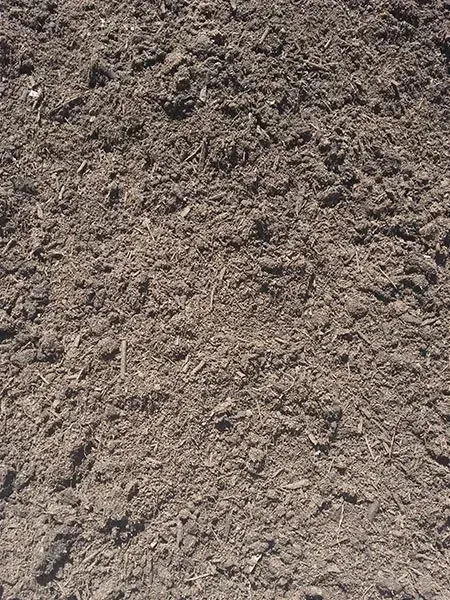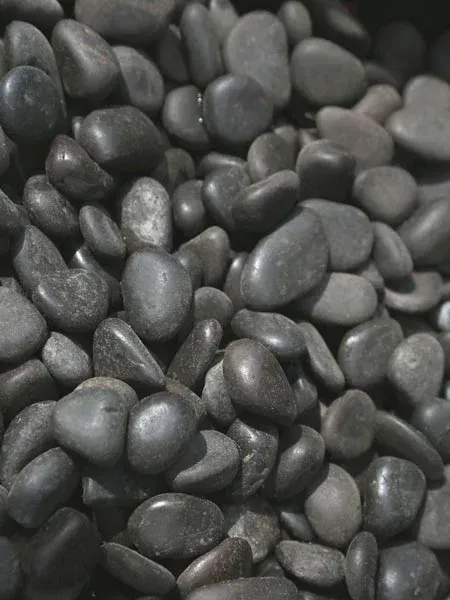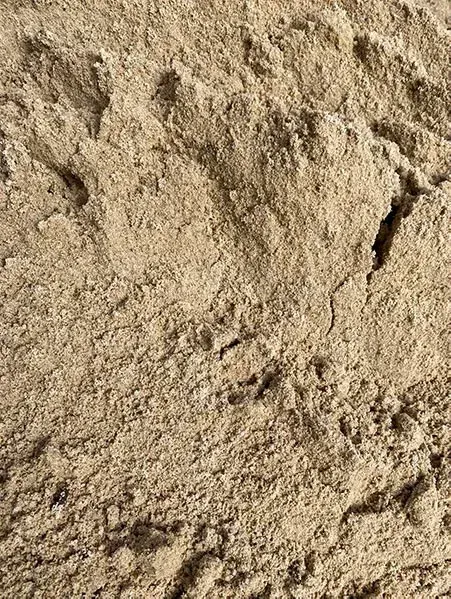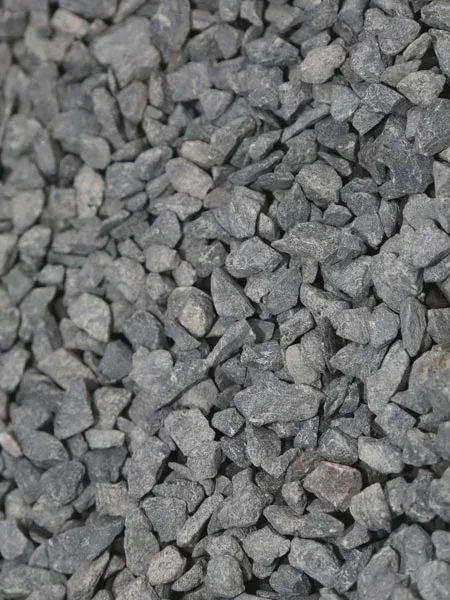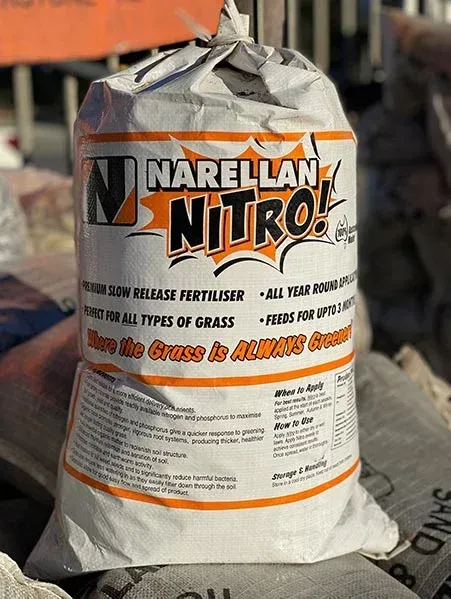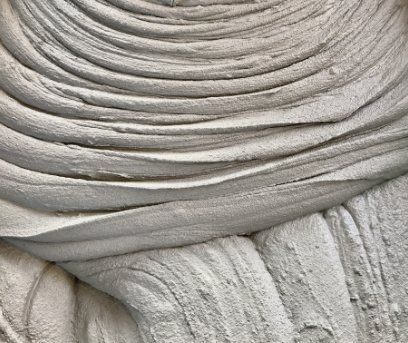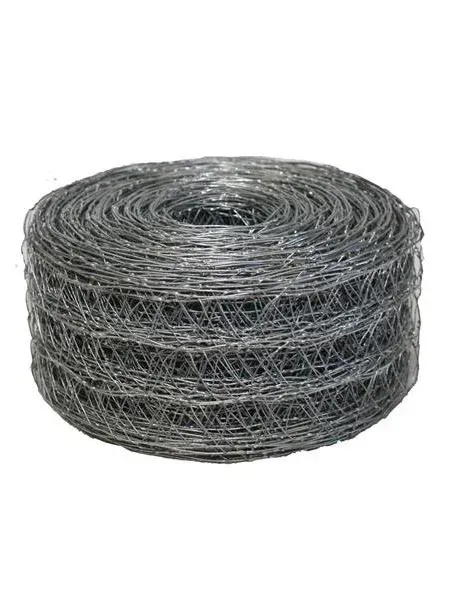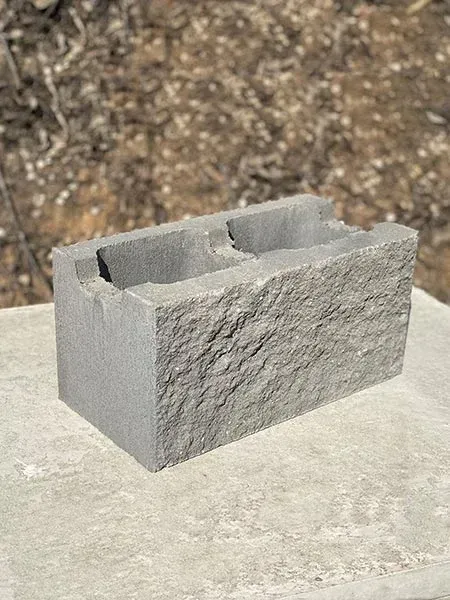When it comes to construction materials,
cement is a key ingredient that holds the entire recipe together. But you don't have to be limited to a single aesthetic option when there's a wide breadth of choices for the results you're looking for. Let’s explore the difference between
ordinary cement and white cement, which include:
- Composition: Ordinary cement, also known as grey cement, is made from a mixture of limestone, clay, and other minerals. On the other hand, white cement is made from pure white limestone and china clay, which gives white cement its distinct colour due to the absence of iron oxide and other impurities.
- Appearance: Ordinary cement has a grey colour due to the presence of iron oxide and other additives. In contrast, white cement has a pristine white colour, providing a bright and clean appearance for your surfaces.
- Applications: Ordinary cement is commonly used in general construction projects such as foundations, walls, and pavements, since it's suitable for applications where the colour of the cement is not a significant factor. White cement, on the other hand, is usually specifically chosen for projects that require a lighter aesthetic, such as decorative concreting, precast elements, architectural designs, and artistic applications.
- Finishing: White cement is known for its excellent workability and ability to achieve a smooth finish. It allows for greater control over the colour of the final product, making it a preferred choice for applications where aesthetics are important. Ordinary cement, while still capable of achieving a smooth finish, may require additional measures to enhance its appearance.
For more information on the
different types of cement available and to arrange for the delivery of quality cement supplies to your project,
speak to a member of the Narellan Sand, Soil & Garden Supplies team today – we'll be happy to provide you with expert guidance and assistance for all your cement or concrete needs.

